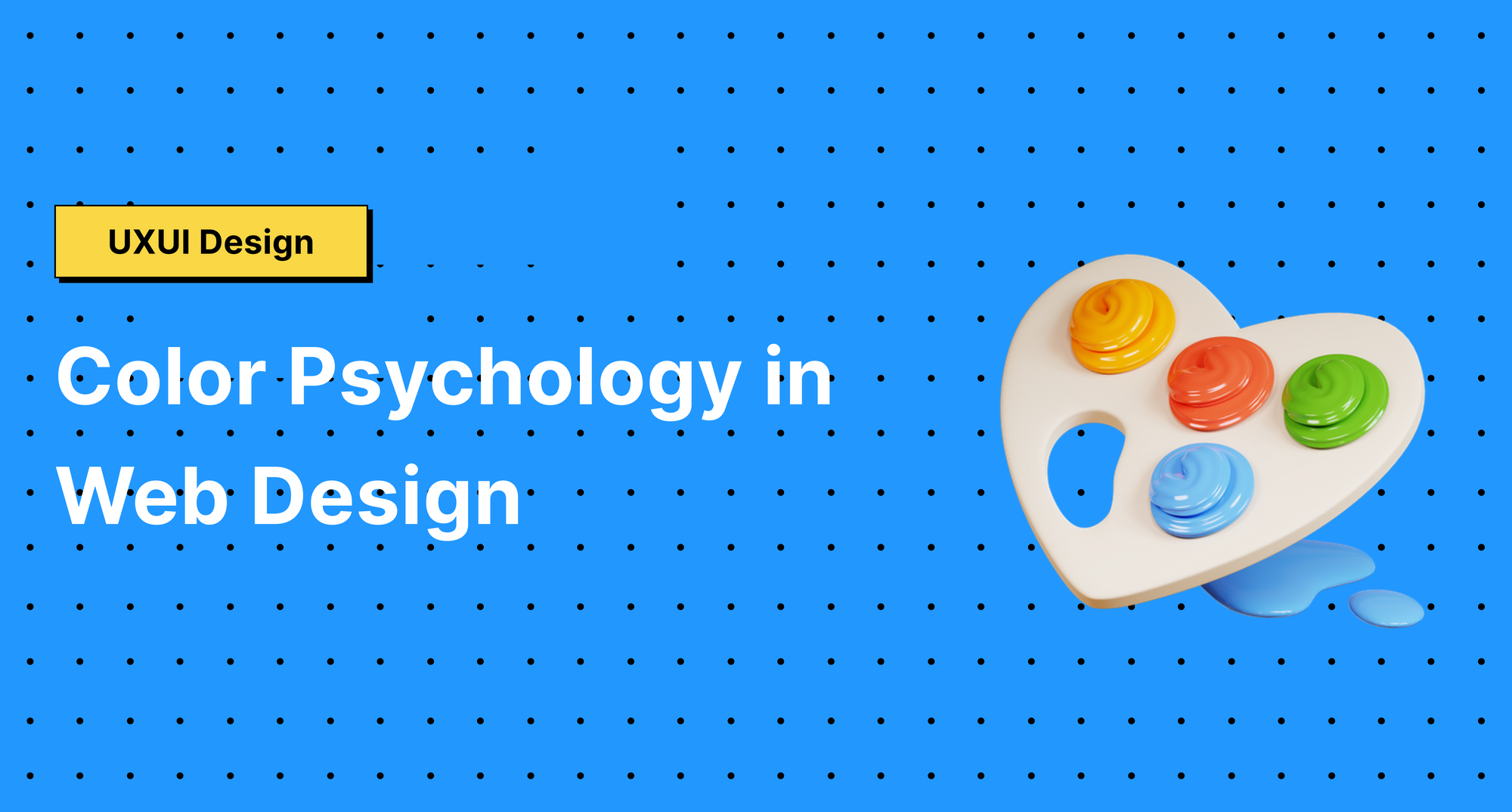The Importance of Color Psychology in Web Design

In the vast and visually driven world of the internet, color plays a pivotal role in shaping user experience, perception, and interaction with websites. Beyond mere aesthetics, color psychology— the study of how colors affect our behavior and decision-making—has emerged as a critical consideration in web design. It’s not just about making a site look attractive; it’s about invoking the right emotions, conveying messages, and guiding user actions through color. This article delves into the significance of color psychology in web design and offers insights on how to leverage it effectively.
Understanding Color Psychology
Color psychology suggests that different colors can evoke different emotions and reactions. For instance, blue is often associated with trust and calmness, making it a favorite in the corporate and tech industries. Red, known for its intensity, can stimulate feelings of passion and urgency, often used in CTA (call to action) buttons to grab attention and encourage clicks.
The psychological impact of color is not only universal but also culturally specific, with certain colors holding different meanings across cultures. Hence, understanding your audience is crucial in making informed color choices that align with your website’s goals.
Color Psychology in Action: A Strategic Tool in Web Design
Branding and Identity: The colors chosen for a website should align with its branding and identity, reinforcing brand recognition and cohesion across all marketing materials. Consistent use of colors can significantly enhance brand recall.
User Experience (UX): Colors can dramatically affect the usability and accessibility of a website. High contrast color schemes, for example, improve readability for all users, including those with visual impairments, while a well-thought-out color palette can highlight important elements and guide users through the site intuitively.
Emotional Impact: Leveraging the emotional connotations of colors can create a desired atmosphere or mood on the site. A website for a spa, for example, might use soft blues and greens to evoke a sense of tranquility and healing.
Conversion Optimization: Strategic use of color in CTA buttons, banners, and other conversion points can draw attention and influence user actions. Highlighting these elements with contrasting or action-oriented colors can increase visibility and click-through rates.
Applying Color Psychology: Best Practices
Know Your Audience: Consider the demographics, cultural background, and preferences of your target audience when choosing your color scheme. This ensures that the colors used resonate well with the intended users.
Define the Website’s Purpose: Align the color scheme with the purpose of the website. E-commerce sites, for instance, may benefit from colors that encourage excitement and confidence, while educational sites may prioritize clarity and focus.
Use Color to Highlight Important Elements: Employ contrasting colors or unique hues for key actions and information to make them stand out and guide the user's journey on the site.
Test and Iterate: The perception of color can be subjective. A/B testing different color schemes and elements can provide insights into what works best for your audience and objectives.
Conclusion
The thoughtful application of color psychology in web design can elevate a website from merely functional to deeply engaging, influencing how users feel, think, and act while navigating the digital space. By understanding and harnessing the power of color, designers can create more effective, user-friendly, and impactful websites. As we continue to explore and understand the complexities of color psychology, it becomes clear that the strategic use of color is not just an art but a science that plays a crucial role in the success of web design.

